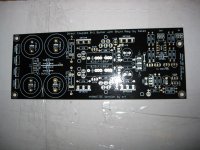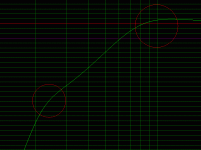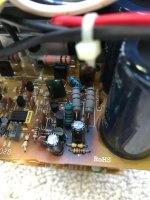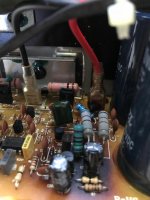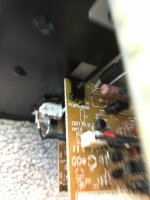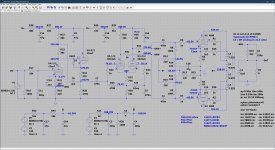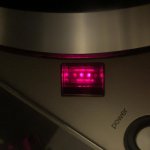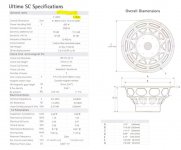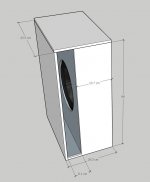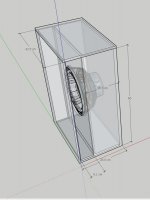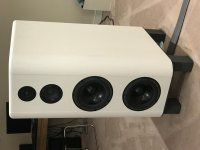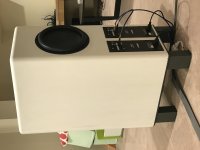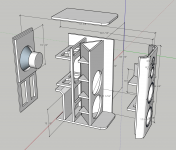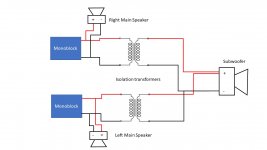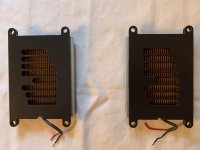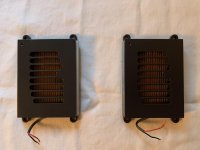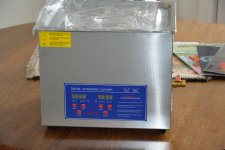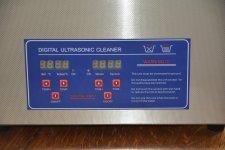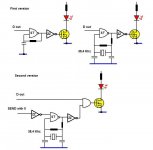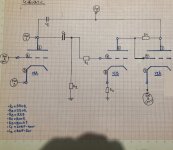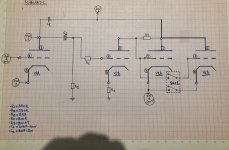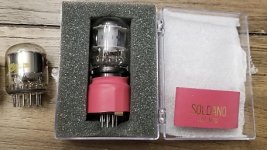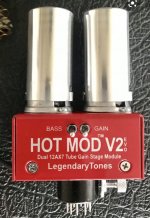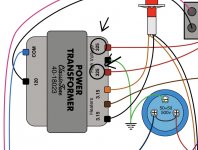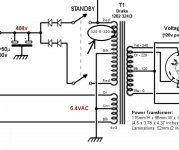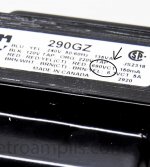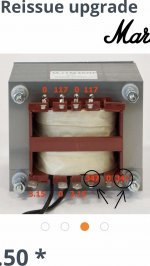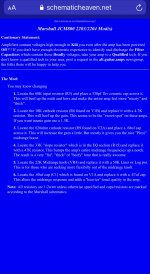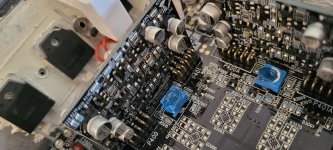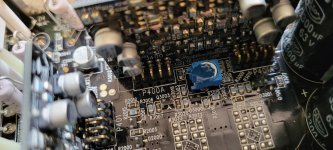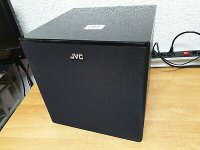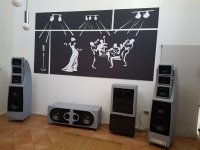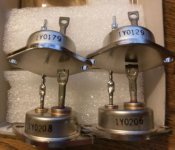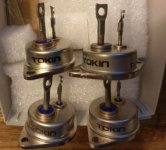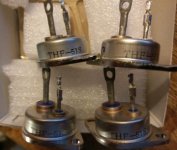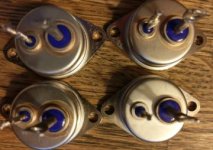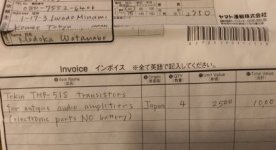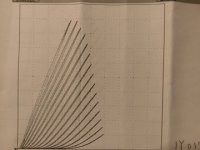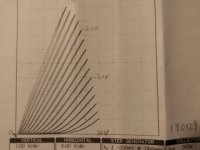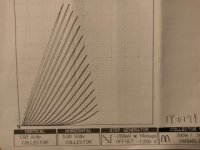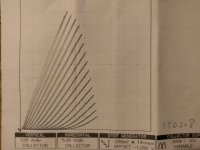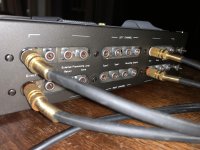Preface
Boards from this GB will be a new revision and could have a different BOM, don't buy parts until confirmation by me on this thread.
To keep prices lower in case of a small number of participants, up to 20 kits, PCBs will be produced in China.
From 20 kits and up PCBs will be produced in Italy as in previous GBs.
There will be, for whom is afraid of SMD soldering, the option for boards with SMD parts already hand-soldered with ROHS silver solder, thoroughly cleaned and visually inspected for 50€ more per kit, including SMD parts (a 20€ value).
If interested please PM me your PayPal associated email address and fill your nickname, country (2 letter code), number of kits and smd option on the Google Spreadsheet (please leave blank the 'PP account sent' column, I'll fill it so you have a feedback that I've received your data)
June 2020, 28
price will be fixed and I'll start sending PayPal Invoices, all payments are due by July 2020, 4.
Until PCB order from manifaturer is done it will be possible to partecipate to the GB
Boards will be ordered by July 2020, 5 and should be in my hands in 15-20 days, then packaged and shipped in a week or so.
Now the usual (updated) opener:
The My_Ref Fremen Edition is a variation of Mauro Penasa's My_Ref with this goals:
- a more stable and performing amp using SMD parts
- raise LM318's PS voltage thanks to a voltage limiter
- better PS for LM318
I've designed a brand new PCB with these features:
- bigger caps (16mm diameter with both 7 and 5 mm pads) for C1, C2, C9
- large use of SMD components
- quite all small caps and some critical resistors are still through-hole
- very small paths thanks to SMD
- ground planes design
- zener limiter based on schematic 5b from this link (which seems pretty similar to My_Evo one)
- CCS shunt PS for the LM318
- An alternate C9/R10 arrangement
- Different grounding
- Different compensation
- a double diode bridge like in most gainclones
Both PCB and schematic have been tested organizing beta and release candidate mini group buys
I've been authorized by Mauro Penasa to proceed with this My_Ref derivate amp.
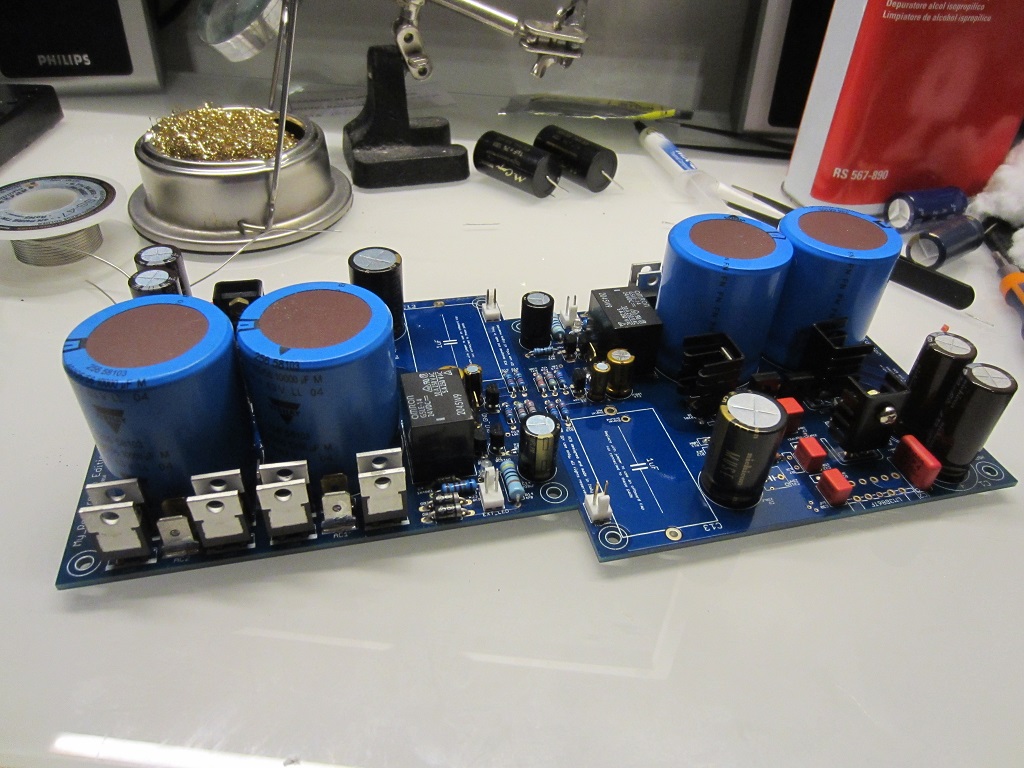
You can find references on development, beta and release candidate here:
My_Ref Fremen Edition - need help on PCB evaluation - diyAudio
My_Ref Fremen Edition - Beta build/Fine tuning - diyAudio
My_Ref Fremen Edition RC - Build thread - diyAudio
My_Ref Fremen Edition - Build Thread
KSTR's measurements on beta boards (final boards measured a tiny bit better but almost the same performance):
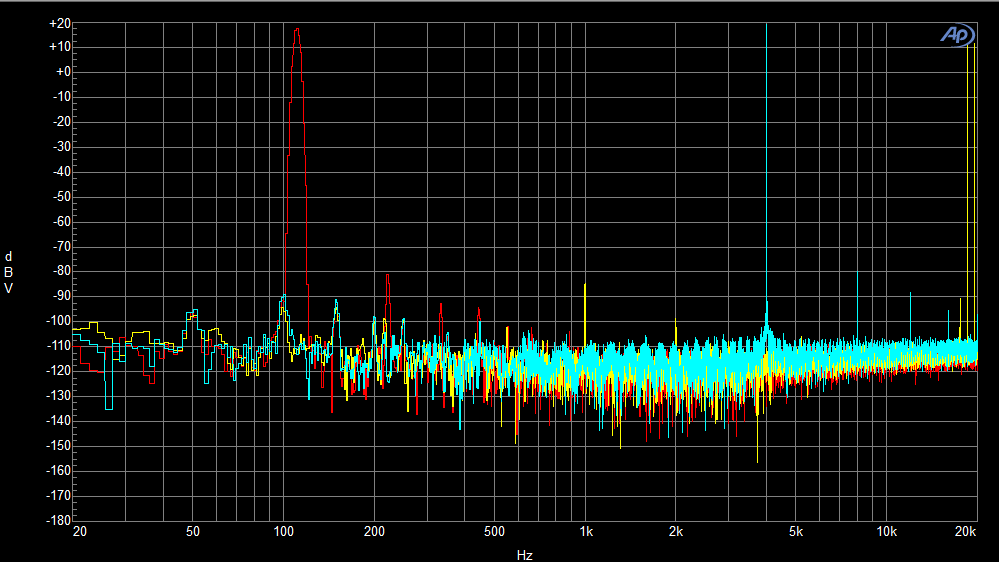
7th run boards measures even better (
Measure by JosephK):
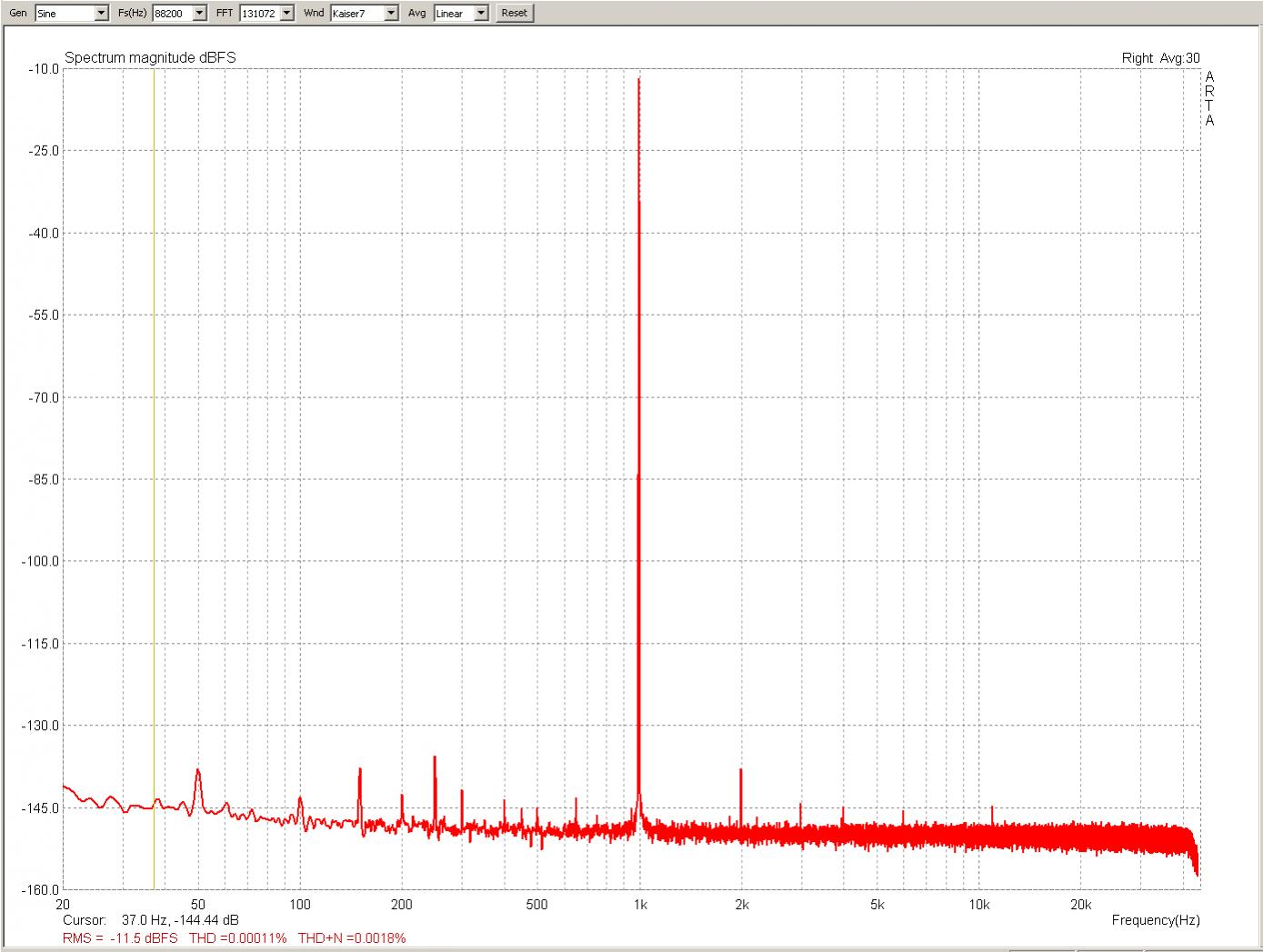
Distortion goes down ten times Vs. Beta (and previous) Boards
On my
OneDrive you'll find:
- Schematic
- BOM
- Build Tutorial
And a YouTube video on
SMD soldering of FE modules.
Mouser shared projects (order 2, each project is for a SINGLE board):
Industrial BOM
Industrial BOM without SMD parts
Industrial BOM + Evo A Mod
Industrial BOM + Evo A Mod without SMD parts
Actual price will depend on number of partecipants/kits, the Group Buy is about PCBs
only, with an option for SMD populated ones.
Approximate price is 25-27€/Kit (one kit = 2 PCBs, PayPal fees and 1€/kit donation to DIY audio included):
Actual price will be calculated and fixed before ordering boards and it will lower as kits numbers goes up.
Shipping prices will be (up to 2 kits, more than 2 will be calculated):
Italy
10€
Europe 14,50€
Rest of the world apart Oceania 18,50€
Oceania 20€
PCBs (circa 12 x 10.5 cm) will be blue, 2mm tick, 2 Oz/70um copper, gold plated, made in Italy (from 25 kits) or in China (up to 24 kits).
One transformer 160VA-300VA will be needed for each board (monoblock design)
BOM cost is around 67€ per board (premium industrial BOM) which can be lowered to 53€ (On a budget BOM).
Build a complete amp (premium industrial BOM with case, connectors, cabling, transformers etc.) will cost around 400€ and up.
Greetings:
Mauro Penasa (R.I.P.) for his great design and kind permission
LinuxGuru for his help on new compensation
Luka for the LM318 PS initial design
KSTR for the new C9, R10 arrangement.
Soongsc, Marce, Sebaastian, KSTR and Metal for help on PCB design
BMCBob for all support, tests and reviews
JosephK for his measurements and advice on further reducing distortion.
Images of boards from the 7th GB:
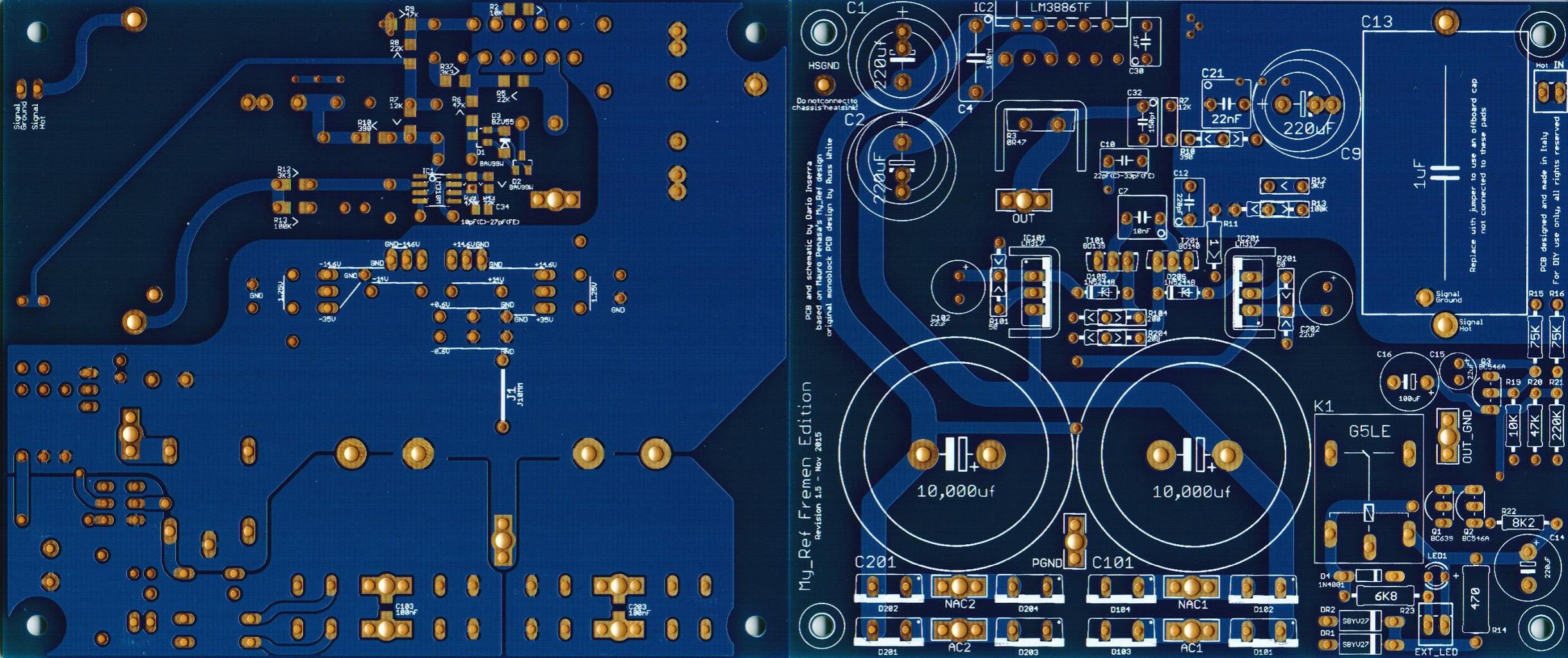
__________________
